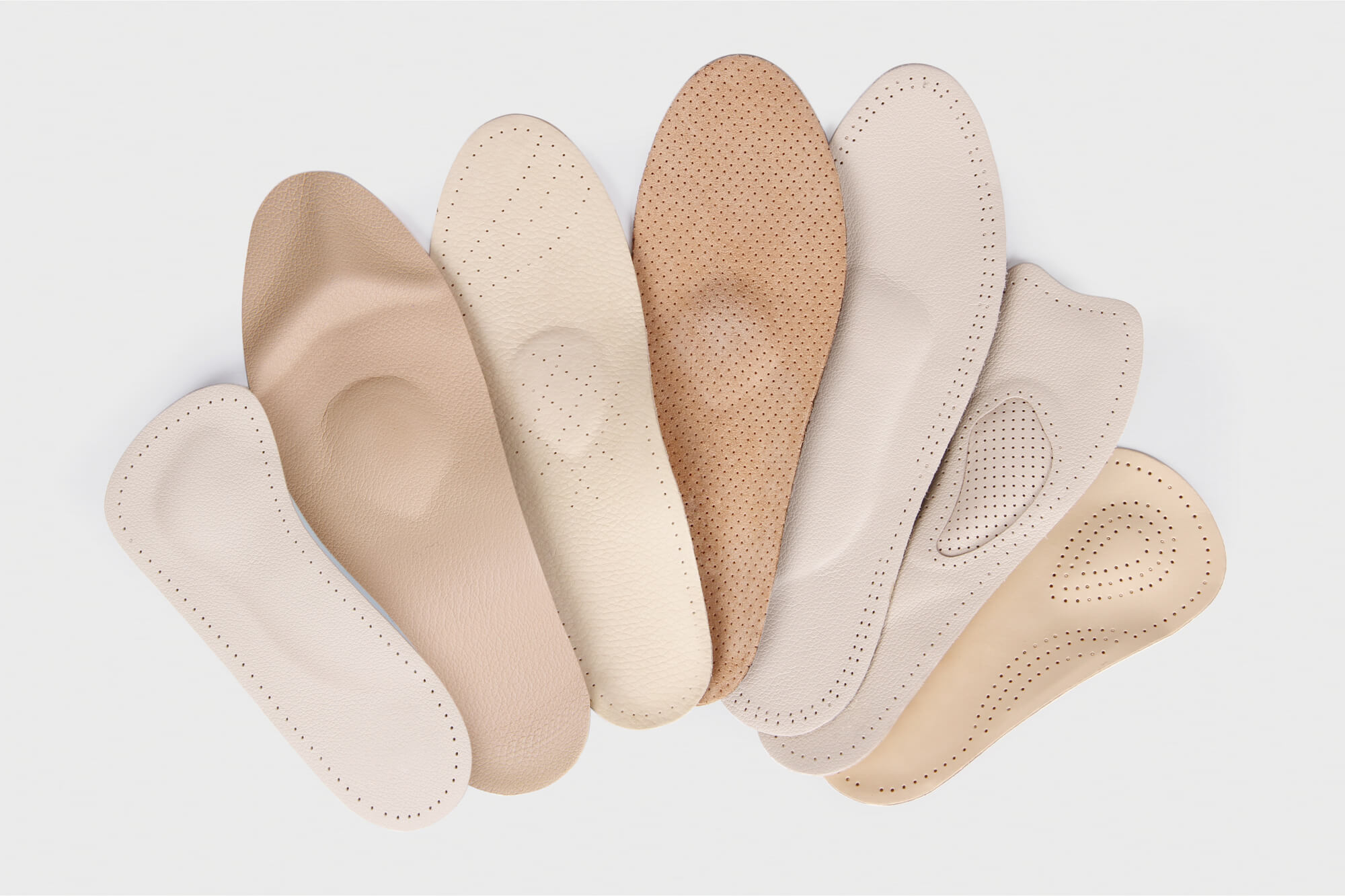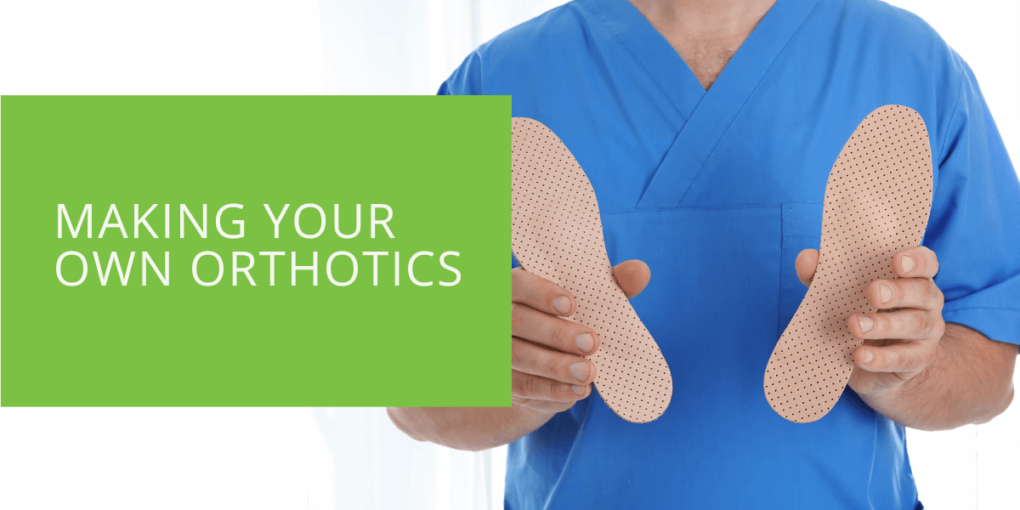Making Your Own Orthotics: A Step-by-Step Guide
Custom orthotics are specialized shoe inserts designed to support and alleviate foot discomfort. In this comprehensive guide, we will explore making your custom orthotics, highlighting the benefits of custom orthotics over over-the-counter options and guiding you through each step to ensure a precise fit and optimal support for your feet.
Why Make Your Orthotics?
Making your orthotics can offer several advantages compared to purchasing over-the-counter options. Here are some compelling reasons to consider making your custom orthotics:
Tailored Fit and Support
Custom orthotics are designed to fit your unique foot shape, arch type, and individual needs. Making your own orthotics can ensure a precise fit and targeted support, maximizing comfort and effectiveness. The orthotics can be customized to address specific foot conditions, such as plantar fasciitis, flat feet, or high arches, providing the necessary support and alignment to alleviate discomfort.
Cost-Effective Option
While custom orthotics made by podiatrists can be more expensive than over-the-counter options, making your orthotics can offer a more cost-effective solution. Using DIY methods, you can significantly reduce the expenses of obtaining custom orthotics without compromising quality or effectiveness. It allows you to have personalized orthotic support at a fraction of the cost of professionally made alternatives.
Flexibility and Experimentation
You can experiment with different materials and designs to find what works best for your feet when making your orthotics. This freedom allows you to select materials that offer optimal comfort, cushioning, and durability. You can also modify the design or make adjustments as needed, allowing you to fine-tune the orthotics to match your evolving foot needs.
Empowerment and Involvement in Foot Health
Making your orthotics empowers you to participate in your foot health actively. It allows you to become more knowledgeable about your specific foot condition, understand the mechanics of orthotics, and actively participate in the process. By being involved in creating your orthotics, you gain a deeper sense of control and satisfaction in managing your foot discomfort.
Convenience and Accessibility
Making your orthotics offers convenience and accessibility, especially when professional orthotic services are not readily available or affordable. DIY methods enable you to create orthotics at home, providing a convenient solution for those with limited access to podiatrists or orthotics clinics. It allows you to take immediate action to address your foot issues and experience the benefits of custom orthotics without delay.
While making your orthotics requires some effort and research, it can be a rewarding and cost-effective way to obtain personalized foot support. However, it's important to note that complex foot conditions or severe pain may require the expertise of a podiatrist. Consult a healthcare professional to determine if making your own orthotics suits your specific foot needs and condition.

Step 1: Assessing Your Foot Needs
To begin, it is essential to assess your foot condition and symptoms. Understand the specific issues you are experiencing, such as arch pain, heel discomfort, or pronation. Consulting with a podiatrist will provide valuable insights and help determine the type of orthotic needed for your particular foot needs.
Step 2: Taking Accurate Measurements
Accurate measurements of your feet are crucial for creating custom orthotics that fit perfectly. Measure your foot size and arch type using a brannock or foot ruler. Proper fit is essential to ensure the comfort and effectiveness of the orthotic.
Step 3: Creating a 3D Scan or Mold
To create custom orthotics, you can utilize a podiatrist's 3D scanning technology or make a mold of your foot. A 3D scan provides precise measurements and captures the contours of your foot, while a mold can be made using materials like foam or caulk. Discuss the options with a podiatrist to determine the best approach for your needs.
Step 4: Designing Your Custom Orthotic
Collaborate with a podiatrist to design your custom orthotic based on the assessment of your foot needs and the information obtained from the measurements or scans. The design process involves selecting appropriate materials for comfort and support. Review the proposed design and ensure it meets your requirements before moving forward.
Step 5: Manufacturing Your Custom Orthotic
Once the design is finalized, the manufacturing process begins. Podiatrists often have their laboratories equipped with advanced technologies like 3D printing. The selected materials manufacture your custom orthotic, ensuring high-quality craftsmanship and a precise fit.
Step 6: Fitting and Adjusting Your Orthotic
After manufacturing, it's time to try on your custom orthotic and ensure a proper fit. Seek guidance from a podiatrist to provide optimal comfort and support. They will make any necessary adjustments, such as trimming the orthotic or modifying specific areas, to achieve the perfect fit for your foot structure.
First to Share Your Experience
Once you have experienced the benefits of your custom orthotics, consider sharing your positive experience with others. Testimonials and success stories can help promote the benefits of custom-made orthotics and encourage others to explore this option for their foot health needs.
Conclusion
Making your custom orthotics is a process that involves assessing your foot needs, taking accurate measurements, creating a 3D scan or mold, designing and manufacturing the orthotic, and fitting it properly with the guidance of a podiatrist. Following this step-by-step guide can achieve optimal comfort, support, and relief from foot discomfort. Custom orthotics offer personalized solutions that address your foot needs, ensuring that every step is comfortable and supported. Take control of your foot health by exploring the option of making your custom orthotics and experience the benefits firsthand.
Key Takeaways
- Making your orthotics offers a tailored fit and targeted support for your unique foot needs.
- It can be a cost-effective alternative to professionally made orthotics.
- DIY orthotics provide flexibility, empowerment, and convenience in managing foot health.

